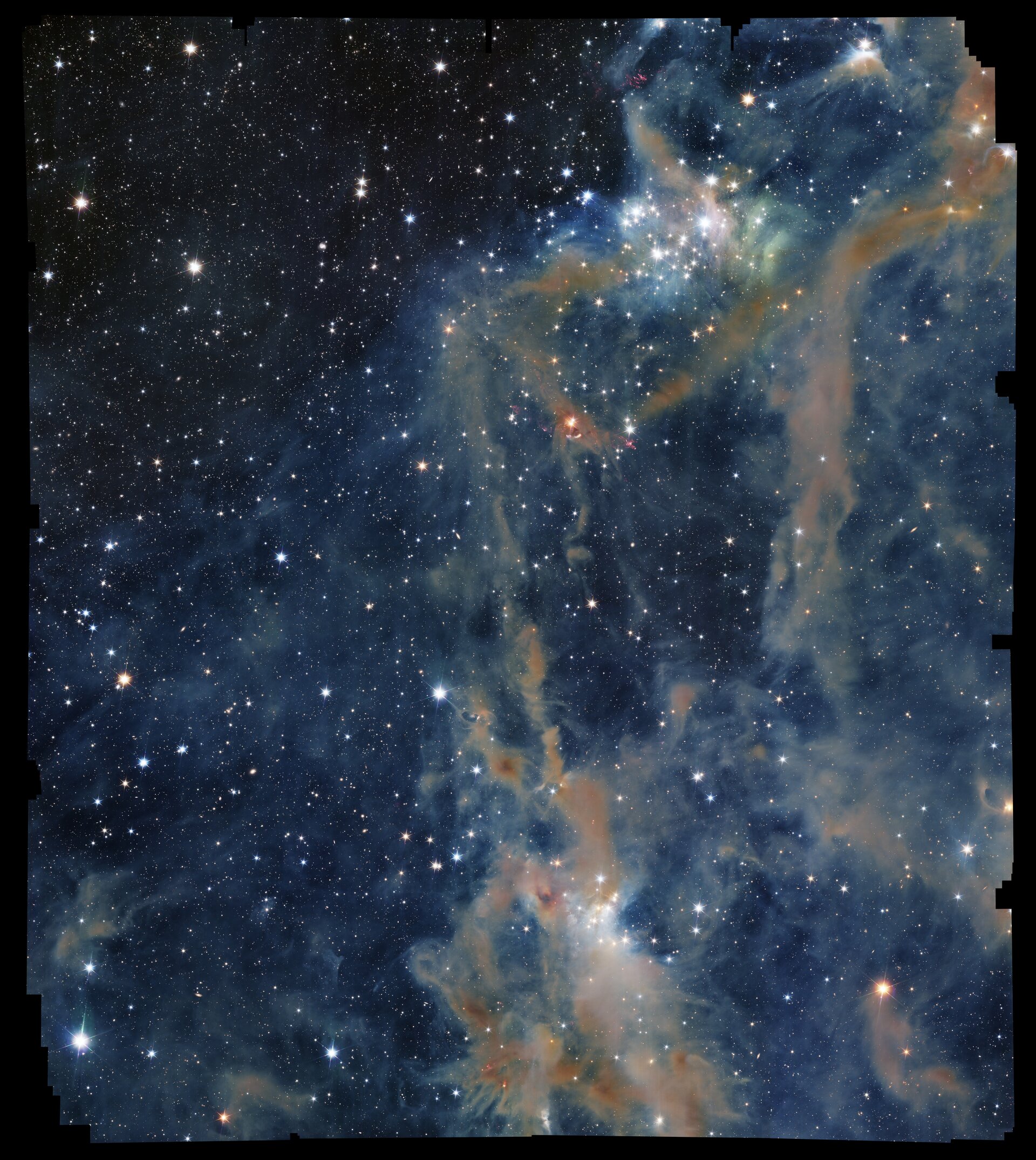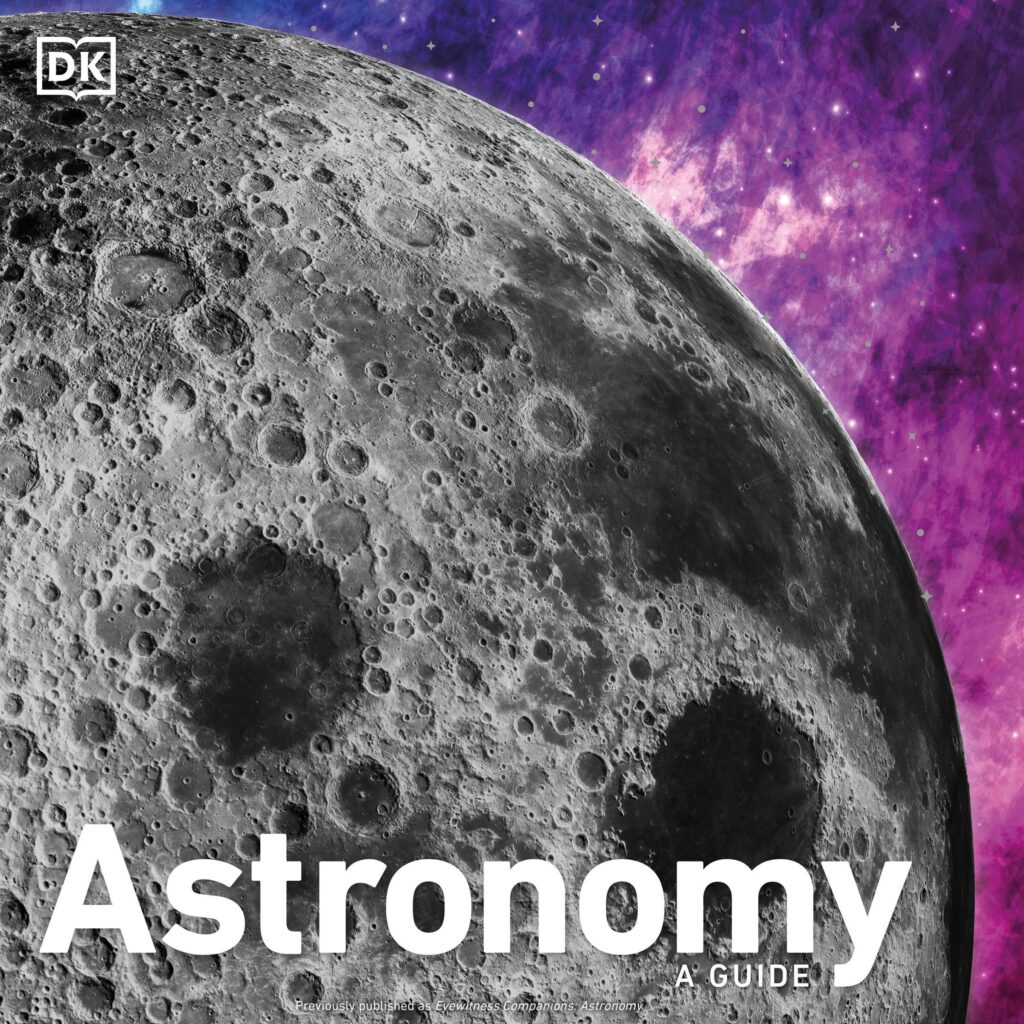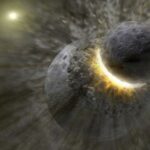Now Reading: European Space Agency Reveals Stunning Infrared Imagery of Star-Forming Region LDN 1641
-
01
European Space Agency Reveals Stunning Infrared Imagery of Star-Forming Region LDN 1641
European Space Agency Reveals Stunning Infrared Imagery of Star-Forming Region LDN 1641


The European Space Agency has unveiled breathtaking new imagery of interstellar gas and dust, captured by its cutting-edge Euclid space telescope. The stunning shots highlight a region known as LDN 1641, located approximately 1,300 light-years from Earth and nestled within a vast network of molecular clouds in the Orion constellation, where star formation is actively taking place.
In visible light, LDN 1641 appears relatively dark and sparse, showing only a smattering of stars against a backdrop that seems largely vacant. However, thanks to the telescope’s NISP instrument, which specializes in infrared imaging, a hidden wealth of stellar activity is brought to light, revealing a multitude of stars shimmering through the dense veil of cosmic dust. This contrasts sharply with visible light, as dust particles are adept at blocking wavelengths within that spectrum but are far less effective at obstructing near-infrared light.
In this vibrant nebula, a mix of burgeoning stars generates fascinating phenomena, with certain young stellar objects ejecting material—a clear indicator of the formation process. These outflows manifest in vivid magenta spots and spirals across the image, showcasing the dynamic nature of star birth. Towards the upper left of the image, the dust obstruction wanes, unveiling a vista into the more distant universe where a high number of galaxies lie awaiting exploration.
Captured during a pointing calibration exercise in September 2023, the observations targeted a section of LDN 1641 that was ideally suited for the telescope’s guiding tests. This specific area was chosen due to its few visible stars, making it easier to conduct the necessary evaluations of Euclid’s accuracy. The experiment proved successful, confirming the telescope’s capability to direct its gaze with remarkable precision, an important element for producing detailed astronomical images across expansive regions of the sky.
In less than five hours, the telescope gathered data for this image, covering an area of approximately 0.64 square degrees—more than three times the size of the Moon as seen from Earth. Euclid is on a mission to construct the most comprehensive three-dimensional map of the extragalactic universe ever compiled, primarily aimed at unlocking the mysteries surrounding dark matter and dark energy. Beyond that primary goal, the mission promises a rich array of observations of intriguing areas within our galaxy, as well as countless detailed views of other galaxies, paving the way for new advancements across various branches of astronomical research.
Stay Informed With the Latest & Most Important News
Previous Post
Next Post
-
 012024 in Review: Highlights from NASA in Silicon Valley
012024 in Review: Highlights from NASA in Silicon Valley -
 02Panasonic Leica Summilux DG 15mm f/1.7 ASPH review
02Panasonic Leica Summilux DG 15mm f/1.7 ASPH review -
 03How New NASA, India Earth Satellite NISAR Will See Earth
03How New NASA, India Earth Satellite NISAR Will See Earth -
 04And Thus Begins A New Year For Life On Earth
04And Thus Begins A New Year For Life On Earth -
 05Astronomy Activation Ambassadors: A New Era
05Astronomy Activation Ambassadors: A New Era -
06SpaceX launch surge helps set new global launch record in 2024
-
 07Space Force plans new ‘Futures Command’ amid pressure to speed up modernization
07Space Force plans new ‘Futures Command’ amid pressure to speed up modernization




















